This is made in order to gauge how prevalent the act of bullying has become within America’s current youth culture. We hear about this maybe once every six months? But we hear about it nonetheless more often now that before.
With the emergence of technology and social networking, bullying— so it seems, has reached a global level. There are laws against this, but it would depend on which state. They also put a lot of conditions per case in order for any of bullying to be actually considered a real threat for law enforcement to step in. The “freedom of speech” allows actual words like “why don’t you kill yourself because you’re a looser” to be broadcasted on line at will and at any given moment. Too much of this would get out of hand and wit would elevate to a high level enough for someone to kill themselves apparently.
Actual Teenagers Who Committed Suicide from Bullying Phoebe Nora Mary Prince, 15, who apparently committed suicide on January 14, 2010
Phoebe Nora Mary Prince, 15, who apparently committed suicide on January 14, 2010
 Jamey Rodameyer Sept. 18, 2011
Jamey Rodameyer Sept. 18, 2011
There are campaigns of anti-bullying and Lady Gaga has been one of the spokesperson for it. But I don’t think it’s enough.
What I propose is to have a Feedback Loop that gathers data from reported news of teenagers killing themselves as a result from bullying here in the United States. A map of the U.S. should be faded, it would then start to glow red wherever a teenager is reported dead from suicide from bullying.
As time passes and more information is gathered, it would be interesting to see which state has the highest rate and if the entire map would be in red.
This map should be plastered in every banner like a commercial, billboards and should also show up as ads on social networks, therefore there is some sort of awareness.
The major goal is enough “awareness” that it may behoove an individual to think twice about their action to go out of their way to bully someone.
Example 1:
This would be our current state.
Example 2:
Our state as time passes and bullying has not been regulated.
 Program used, maybe Processing linked to CNN, MSNBC, and other news channels.
Program used, maybe Processing linked to CNN, MSNBC, and other news channels.

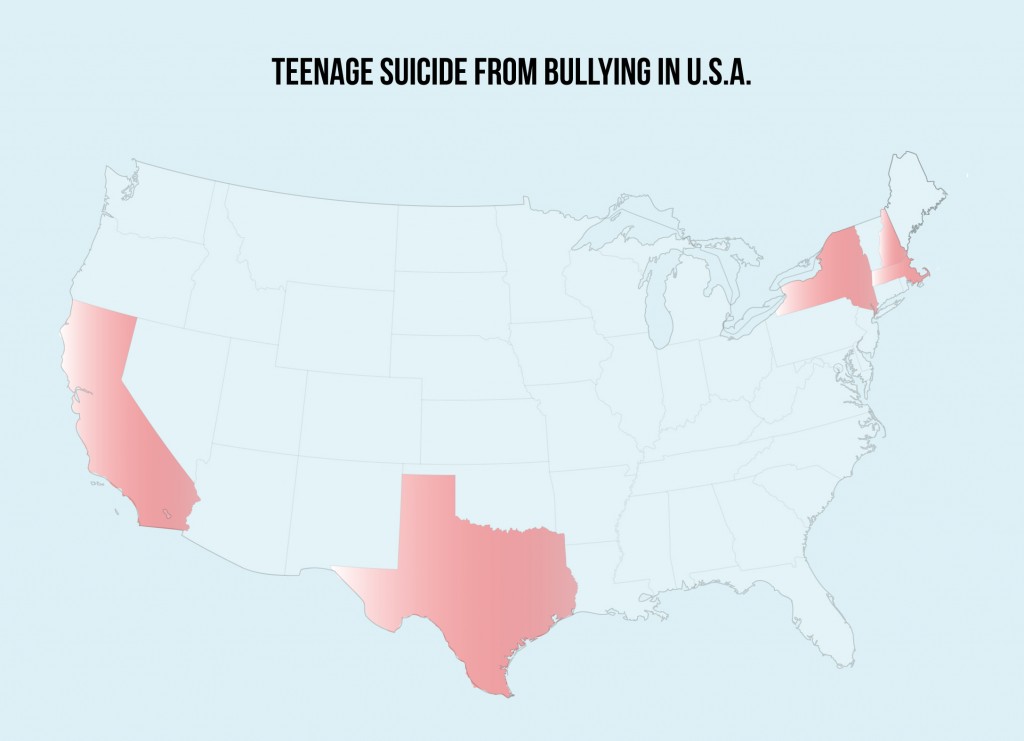


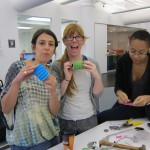





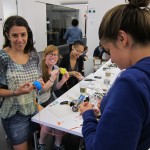



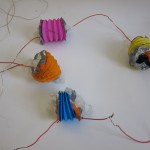




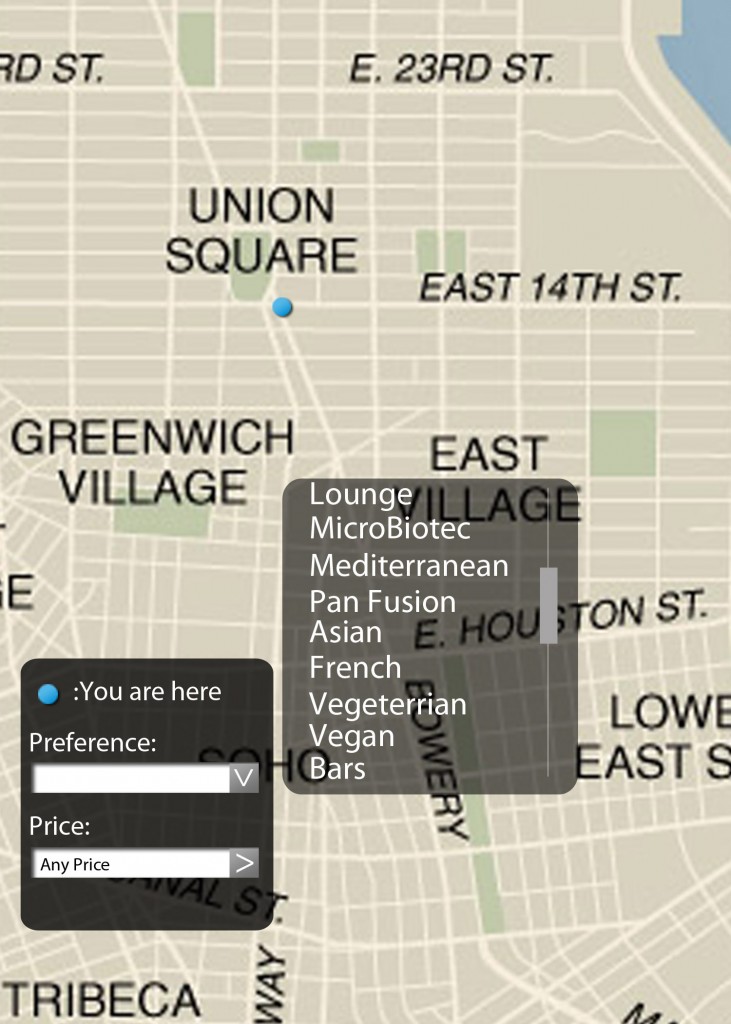




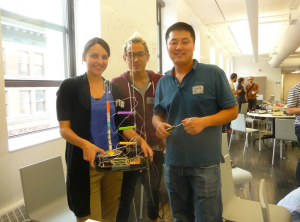


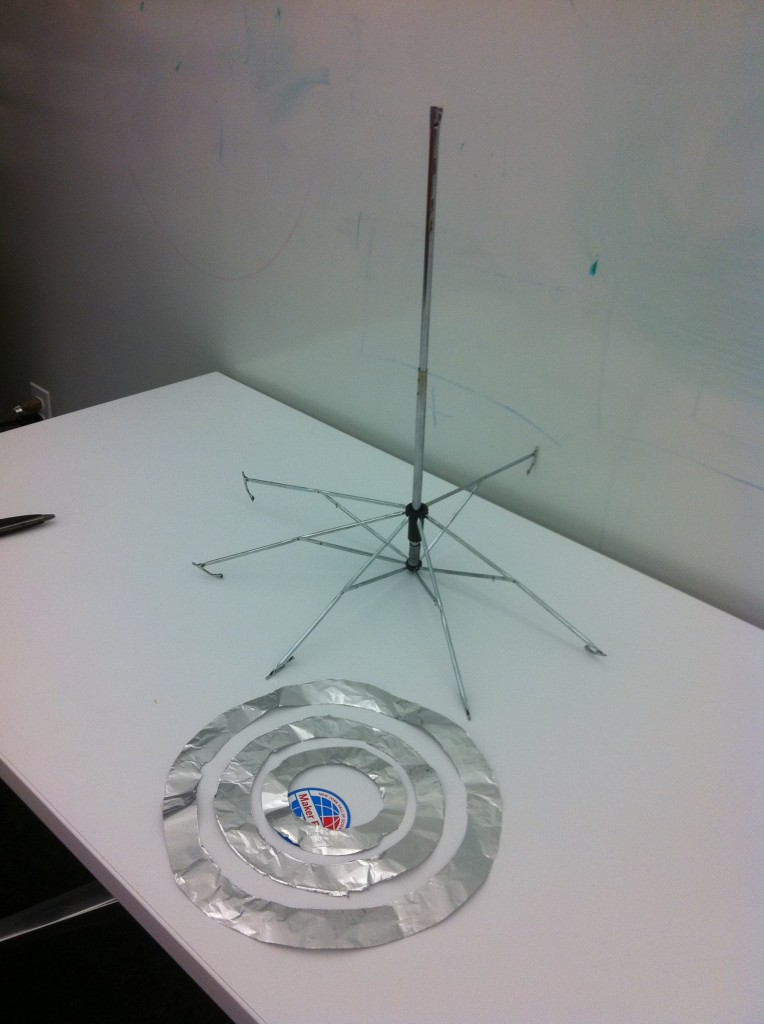
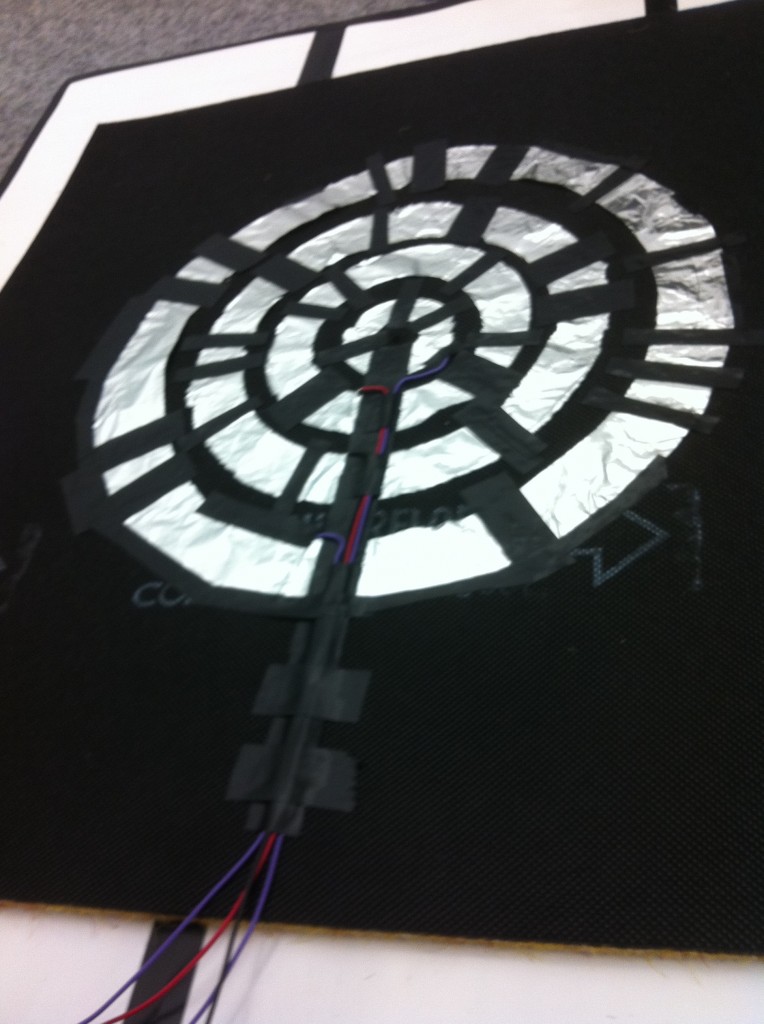
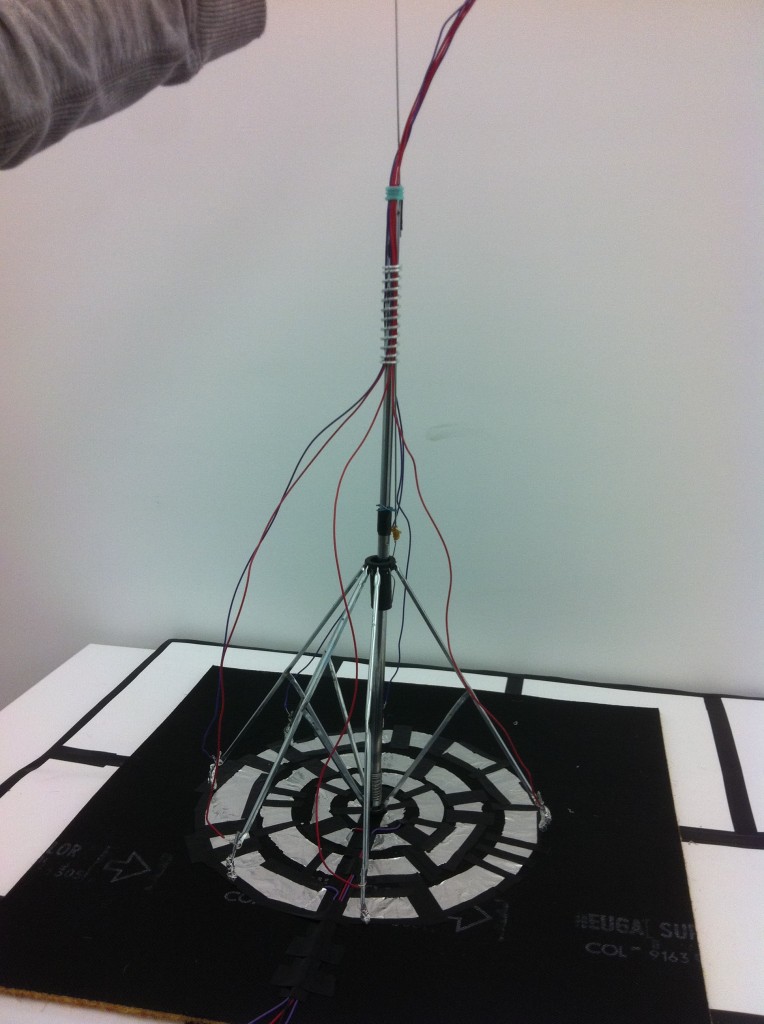
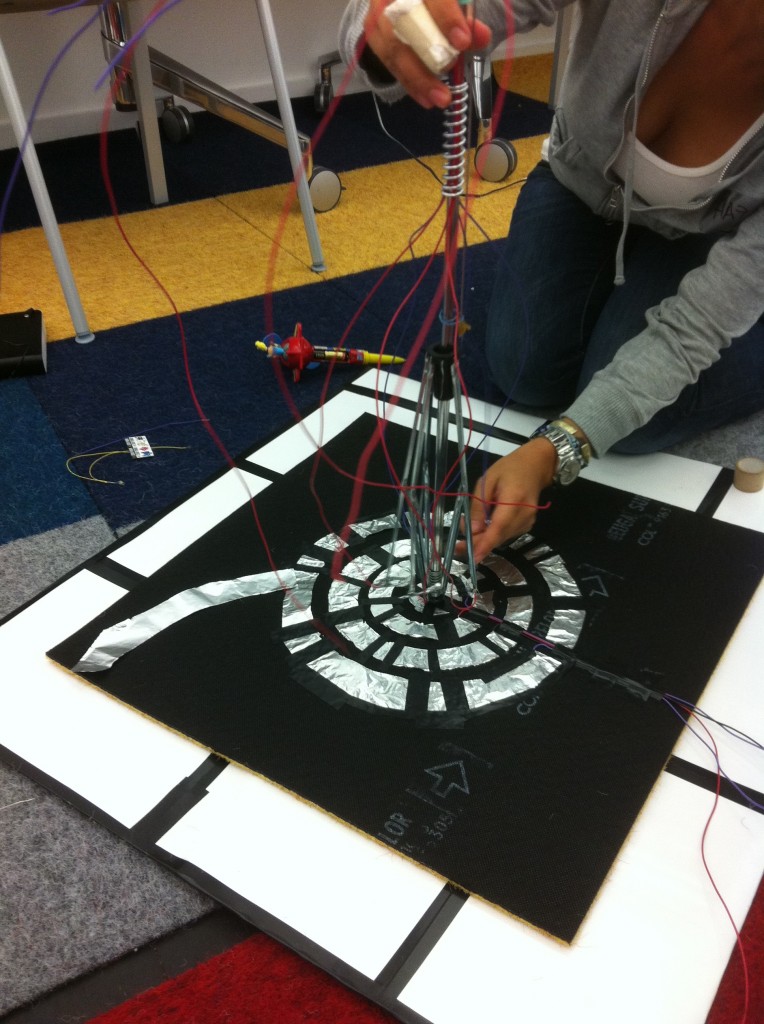
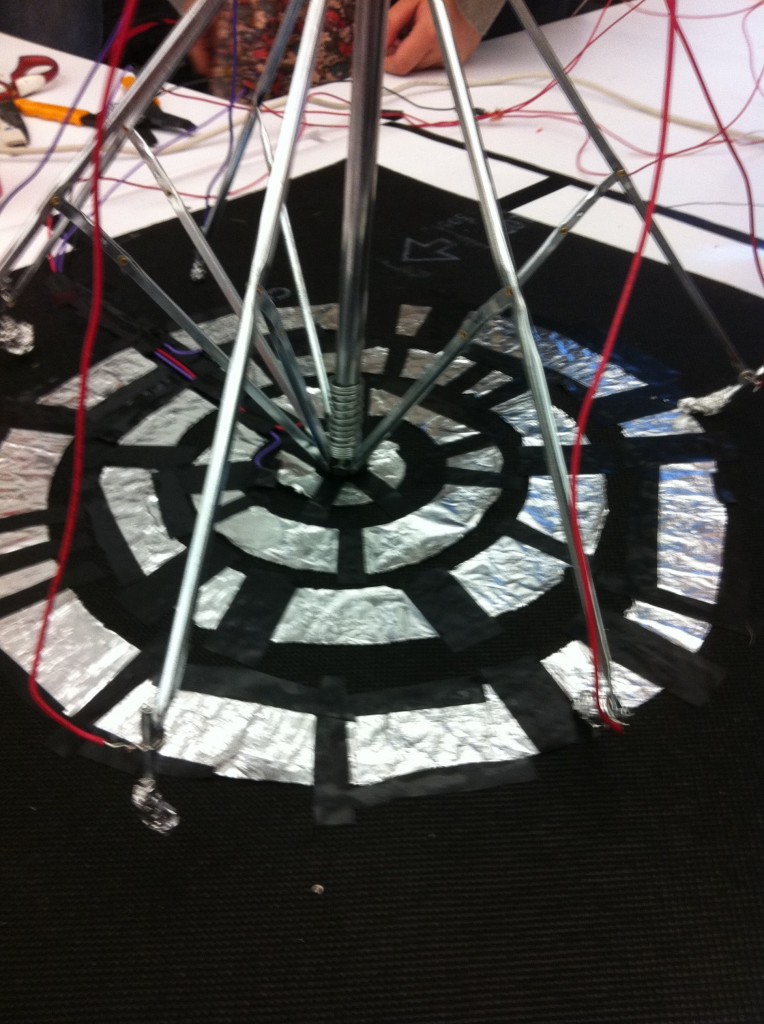


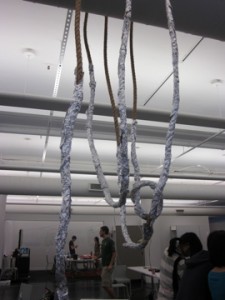

Comments!